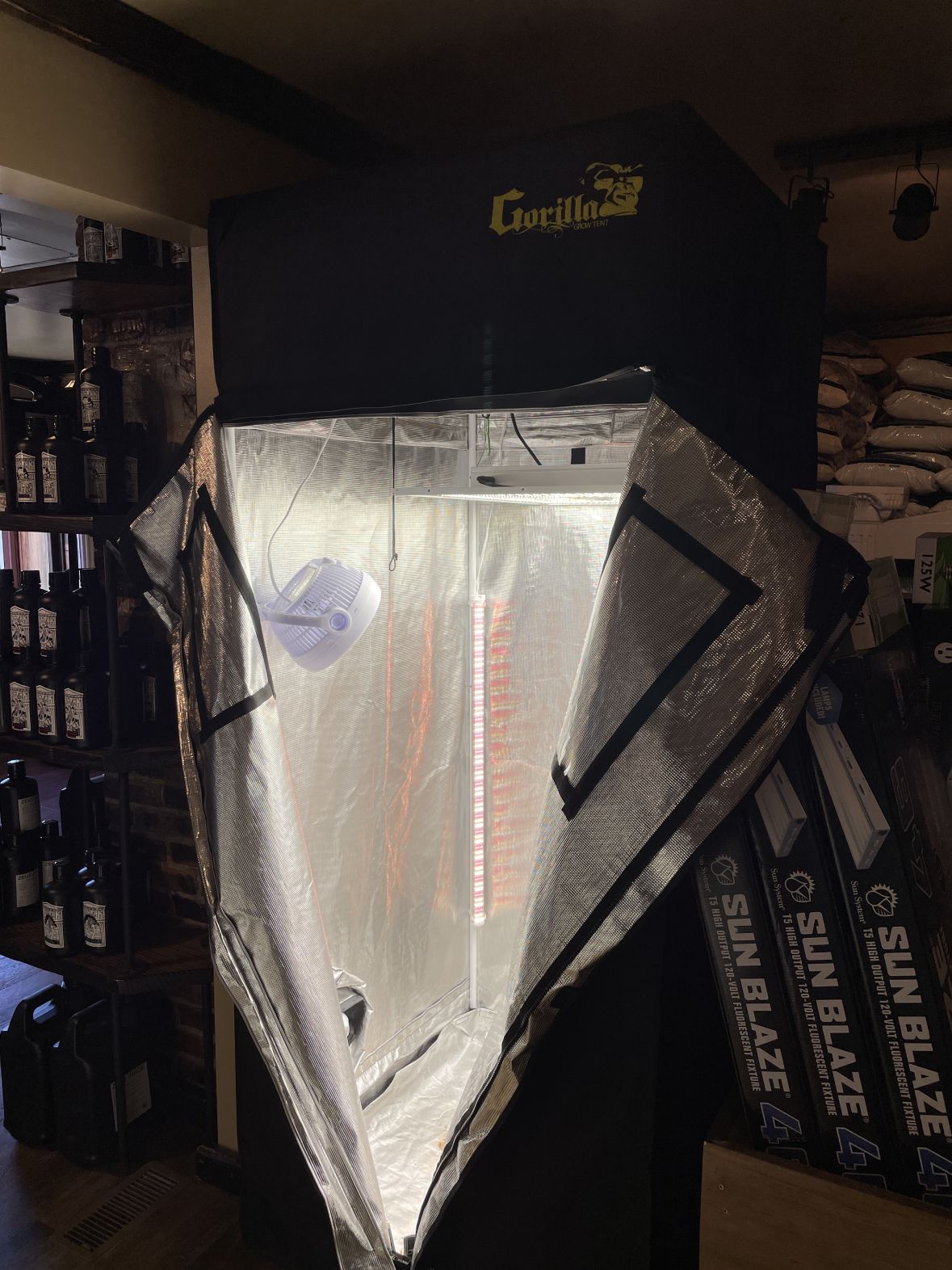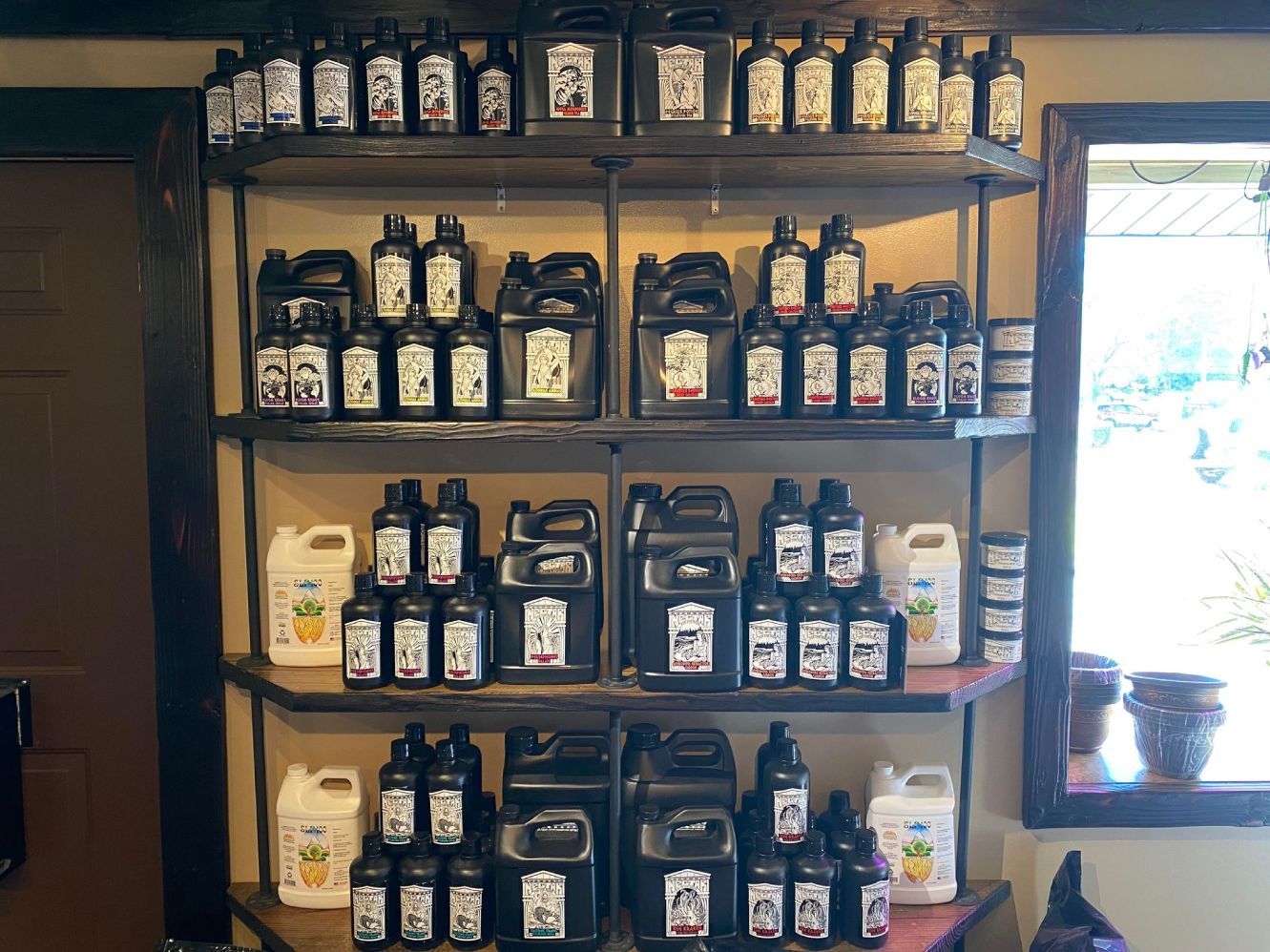Unleash Your Green Thumb: The Indoor Earthworm's Growing Method Demystified
Unleash Your Green Thumb: The Indoor Earthworm's Growing Method Demystified
Blog Article
Opening the Potential of Hydroponics: Recognizing Its Makes Use Of and Different Types
Hydroponics, an approach of growing plants without dirt, has garnered increasing focus for its possible to change farming and horticulture techniques. As we navigate with the elaborate landscape of hydroponic systems and methods, it becomes obvious that each strategy holds distinct advantages and constraints.
Benefits of Hydroponic Equipments

Another advantage of hydroponic systems is the capacity to grow plants in a smaller area. By getting rid of the requirement for soil, plants can be expanded vertically or in stacked systems, taking full advantage of making use of readily available area. This is particularly beneficial in metropolitan areas or areas with restricted cultivatable land. Furthermore, hydroponic systems minimize the threat of soil-borne diseases and parasites, as there is no soil to harbor these risks. This causes much healthier plants and reduces the need for damaging chemicals, making hydroponic farming a more eco pleasant and sustainable option.
Usual Utilizes in Agriculture

Provided the reliable water preservation and space-saving benefits of hydroponic systems, it is evident that these cutting-edge farming techniques have discovered typical usages in numerous fields of farming. The regulated environment of hydroponic systems allows year-round cultivation, giving a consistent supply of fresh fruit and vegetables no matter of outside weather conditions.
Hydroponics is typically made use of for growing a selection of crops, consisting of leafed greens, tomatoes, cucumbers, strawberries, peppers, and natural herbs. In addition, hydroponic systems are used in research and instructional settings to study plant nutrition, cultivation, and growth methods.
Discovering Different Hydroponic Strategies
What are the various innovative methods used in hydroponics to boost crop cultivation efficiency and produce? Hydroponic systems use a variety of techniques that deal with various plant types and growing goals. One preferred method is the Deep Water Culture (DWC) system, where plant roots are immersed in a nutrient service, offering sufficient oxygen and nutrients. One more widely made use of approach is the Nutrient Film Method (NFT), which involves a shallow stream of nutrient solution flowing over the plant roots, advertising water and nutrient uptake. In addition, the Ups and downs system, also known as the Flooding and Drainpipe system, intermittently floodings the plant origins with nutrient solution, permitting oxygenation during draining durations. Aeroponics is an additional advanced strategy that entails misting plant roots with a nutrient option, making best use of oxygen absorption and nutrient uptake. Each of these techniques showcases the versatility and effectiveness of hydroponic systems in enhancing plant growth and return.
Comparing Various Hydroponic Systems
Discovering the efficiency and yield enhancement techniques in hydroponics leads us to contrast various hydroponic systems offered for crop cultivation. Each hydroponic system has its special functions, benefits, and constraints, making it crucial for farmers to pick the most ideal system based on their particular requirements and restraints.
Among one of the most common hydroponic systems is the nutrient movie technique (NFT), where a slim film of nutrient service constantly flows over the plant roots. This system is valued for its water performance and viability for growing leafed greens and natural herbs. On the other hand, the deep water culture (DWC) system immerses plant origins straight right into the nutrient option, offering ample oxygen and nutrients. The DWC system is economical and relatively basic, making it a popular selection for newbies.
Another popular hydroponic system is the ebb and flow (or flooding and drain) article source system, which regularly floods the plant roots with nutrient solution prior to draining it. By recognizing the differences in between these hydroponic systems, cultivators Read Full Article can make informed choices to optimize plant return and quality.
Developments in Hydroponic Innovation
One vital development is the advancement of clever hydroponic systems that make use of sensors and automation to keep track of and adjust environmental conditions such as pH levels, nutrient concentrations, and light exposure in real-time. These systems enable precise control over growing problems, leading to ideal plant development and greater crop returns.
One more noteworthy advancement is the assimilation of upright farming strategies with hydroponic systems, permitting the farming of plants in piled layers. This vertical method takes full advantage of area usage, making it perfect for urban atmospheres where land availability is limited - The Indoor Earthworm. Additionally, the usage of sophisticated LED illumination systems customized to certain plant demands has actually improved power performance and improved development rates in hydroponic setups
Developments like these are driving the evolution of hydroponics, making it a very appealing and sustainable option for modern farming.
Conclusion
To conclude, hydroponics offers numerous advantages in agriculture and has different methods and systems that can be utilized to maximize its capacity. Innovations in hydroponic innovation proceed to improve effectiveness and sustainability in food manufacturing. By recognizing the usages and various types of hydroponic systems, farmers and cultivators can open the full capacity of this ingenious technique of growing plants without dirt.
In addition, hydroponic systems enable for far better control over nutrient levels, pH balance, and environmental conditions, leading to healthier plants and higher yields.

Report this page